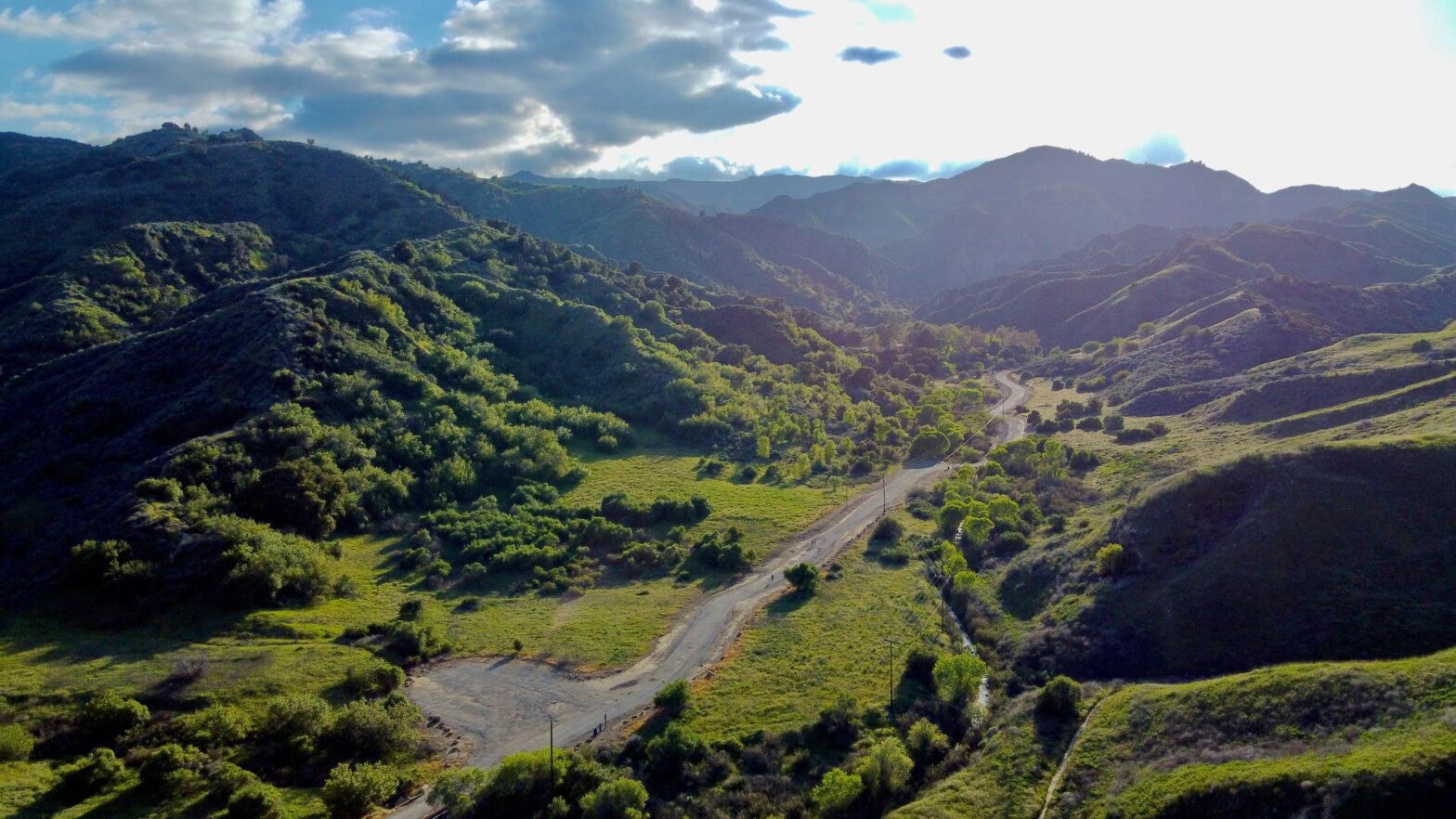A stampede in an Indonesian soccer stadium killed 125 people, devasting soccer fans worldwide. The charge happened on October 1 after fans rushed the field in Malang, East Java when Arema FC lost to Persebaya Surabaya.
Fights broke out amongst the angry eventgoers. According to the region’s police chief Nico Afinta, officers attempted to control the crowd by spraying tear gas. More chaos erupted, injuring over 300 people during the stampede.
“It had gotten anarchic,” Afinta said. “They started attacking officers, they damaged cars.”
In the days since the violent stampede, victims’ family members have gathered outside the stadium to remember their loved ones. Considered one of the world’s worst stadium disasters in history, the soccer stampede in Indonesia isn’t the first to happen as a result of angry fans and unrestrained security. As police and human rights organizations investigate the disaster, fans and officials question what to do protect eventgoers in the future.
Over 100 People Killed
According to Wiyanto Wijoyo, the head of Malang’s health agency, the final death toll was 125 with 323 people being injured during the stampede. Many went to a nearby hospital where they suffered from shortness of breath, extreme trauma, and lack of oxygen. Some even had brain injuries.
Many people say the release of the tear gas is what caused the violent stampede. Although mayhem began after the game ended, the gas caused eventgoers to panic and rush toward the exits. Muhammad Rian Dwicahyono broke his arm during the stampede and blames the loss of lives on the police.
“Many of our friends lost their lives because of the officers who dehumanized us,” he said. “Many lives have been wasted.”
World soccer governing association FIFA has strict safety regulations against expressing that firearms and crowd control methods like tear gas are not to be used or carried by officers working soccer games. East Java police officials have yet to disclose if they were aware of the regulations.

According to Kanjuruhan hospital head Bobi Prabowo, the youngest victim in the stampede was a 5-year-old child. Two teenage brothers who were attending their first soccer match were also killed in the charge. Their family couldn’t believe how a joyous occasion turned into a nightmare.
“My family and I didn’t think it would turn out like this,” said their relative Endah Wahyuni.
Investigating Security
Many organizations and government officials are investigating the stampede following the soccer game. FIFA has requested a report from PSSI, the Football Association of Indonesia, and the president has suspended all games while the investigation is underway.
FIFA President Gianni Infantino told Reuters the disaster in Indonesia was a “dark day for all involved”. The turmoil has left the organization shaken.
The Indonesian human rights commission is also investigating the security measures enforced during the game and the use of tear gas by police. Amnesty International Indonesia is also chastizing East Java police for their use of excessive force.
To make matters worse, Indonesia’s chief security minister, Mahfud MD, said the stadium was over capacity when the stampede occurred.
Soccer Hooliganism
Hooliganism and chaos is no stranger to the world of soccer. Over the years, angry fans have erupted in mayhem for various reasons leaving others maimed, endangered, and traumatized.
Many violent outbreaks have happened at past Indonesian soccer games due to intense team rivalries. Security mismanagement and aggressive police force have also contributed to violence at past matches.
Disasters at stadiums have occurred periodically throughout history. In 1989, 96 Liverpool fans were crushed in an overcrowded British stadium. Years before in 1964, 323 people were killed in a Peru stadium stampede.
Indonesia is scheduled to host the FIFA under-20 World Cup in the summer of 2023 and officials are reevaluating the country’s soccer safety precautions in preparation for the tournament. In the mean time, families of the victims of the stampede are receiving financial compensation.





